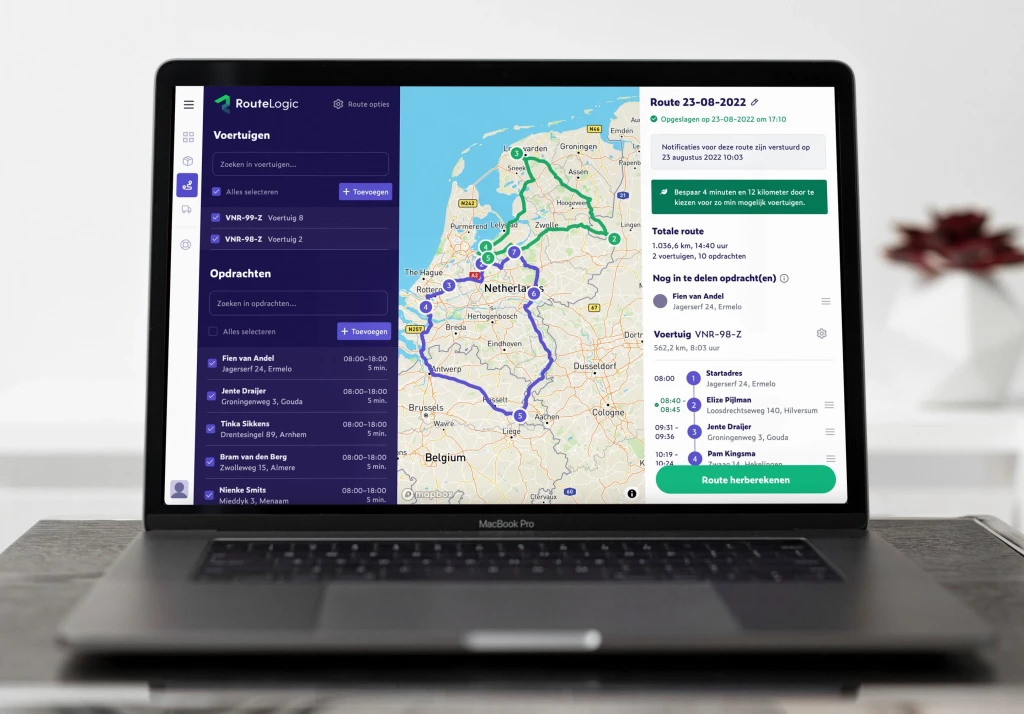Definition of an Environmental Zone
Explanation of the Environmental Zone Concept
An environmental zone is a designated area in a city or region where restrictions apply to vehicles to improve air quality. Within these zones, emissions standards for vehicles are often set, with the most polluting vehicles either restricted or banned.
Purpose of Environmental Zones
Reasons for Establishing Environmental Zones
Environmental zones are primarily intended to reduce air pollution, contributing to public health and the environment. They also encourage the use of cleaner transportation methods and contribute to the reduction of greenhouse gas emissions.
Types of Environmental Zones
Different Types and Categories of Environmental Zones
There are various types of environmental zones, ranging from permanent zones with ongoing restrictions to temporary zones activated only during high pollution levels. Some focus on specific vehicle types such as trucks, while others apply to all kinds of vehicles.
Operation of Environmental Zones
How Environmental Zones Function and Are Enforced
Environmental zones are enforced by local authorities, often using traffic signs, cameras, and a penalty system for violators. Vehicles are typically classified based on their emission standards, and those not meeting the standards are not allowed to enter the zone.
Impact of Environmental Zones on Traffic and the Environment
Effects on Traffic Flow and Environmental Impact
Environmental zones can have a significant impact on traffic patterns, often leading to a reduction in traffic in certain areas. More importantly, they have a positive impact on air quality and the reduction of polluting emissions, contributing to a healthier urban environment.
Regulations Regarding Environmental Zones
National and Local Laws and Regulations
The regulations regarding environmental zones vary from country to country and city to city. In some cases, they are supported by national laws, while in other cases, local authorities have autonomy to establish their own rules.
Exceptions and Admission Criteria
Criteria for Access and Exceptions to the Rules
Exceptions within environmental zones may apply to certain vehicle categories, such as emergency services and residents. Admission criteria are often based on the vehicle's emission standard, age, and fuel type.
Future of Environmental Zones
Developments and Future Vision
The future of environmental zones looks promising, with a growing trend toward zero-emission zones and the integration of smart technologies for better enforcement and efficiency. These developments indicate an increasing commitment to sustainable urban mobility.
Environmental zones are an essential tool in the fight against air pollution and the promotion of sustainable urban development. Their effectiveness depends on careful planning, adequate enforcement, and a strong focus on public awareness. As they evolve with new technologies and policy insights, environmental zones are likely to play an even greater role in shaping the cities of the future.
The More Efficient the Route, the Less Emissions
With route planning software, you can deliver goods in the most efficient way, saving not only on fuel but also time and money. Additionally, you emit less, which is good for the environment. Route planning software that considers Environmental Zones is RouteLogic. RouteLogic takes into account for route calculation:
- The number of vehicles;
- How many hours a vehicle averages per day;
- How many kilometers a vehicle averages per day;
- How many hours you spend on route planning per day;
- The hourly wage of a driver;
- The fuel price per liter.
Start planning your first routes with RouteLogic for free now and discover how quickly you can create efficient routes for your logistics operation.



